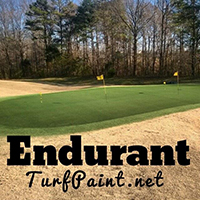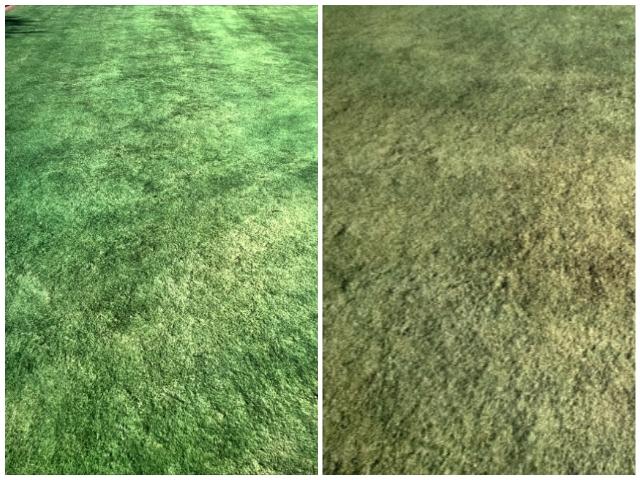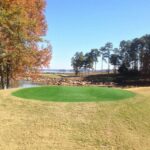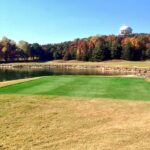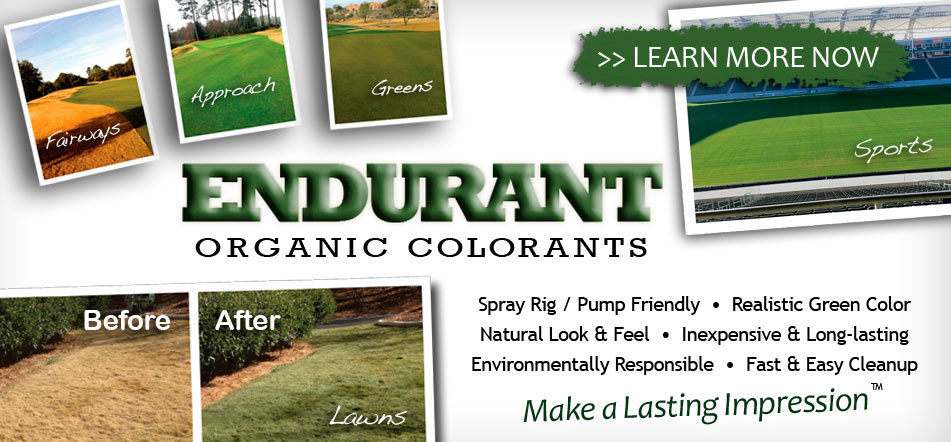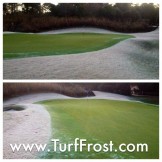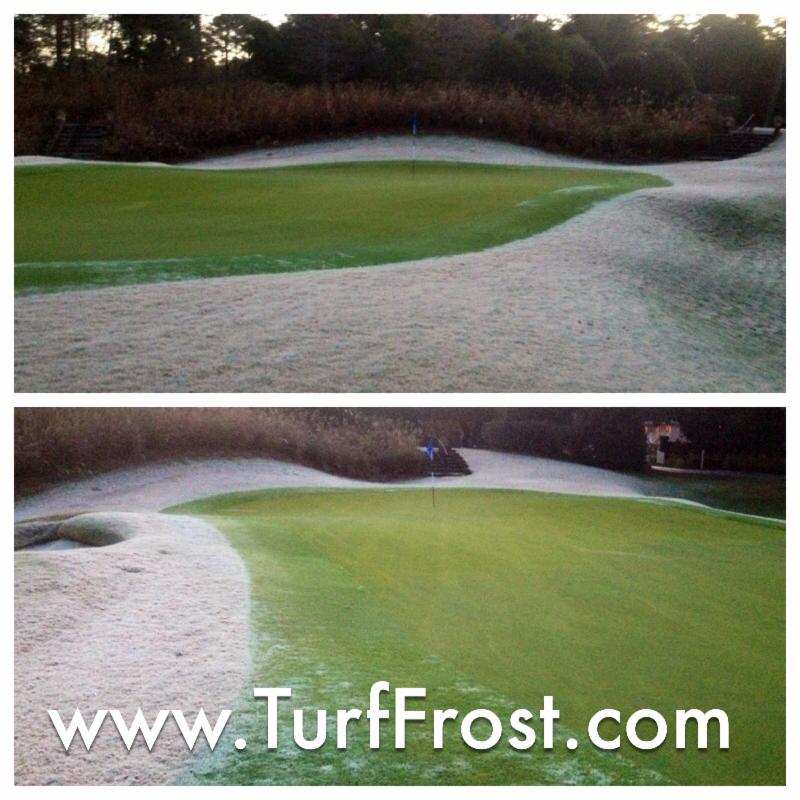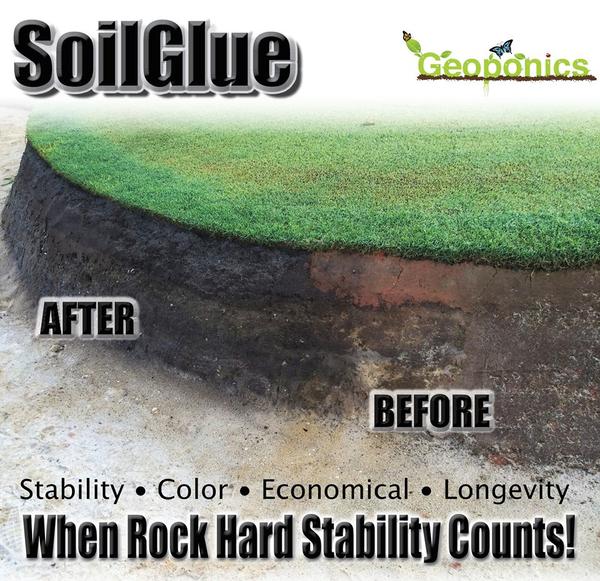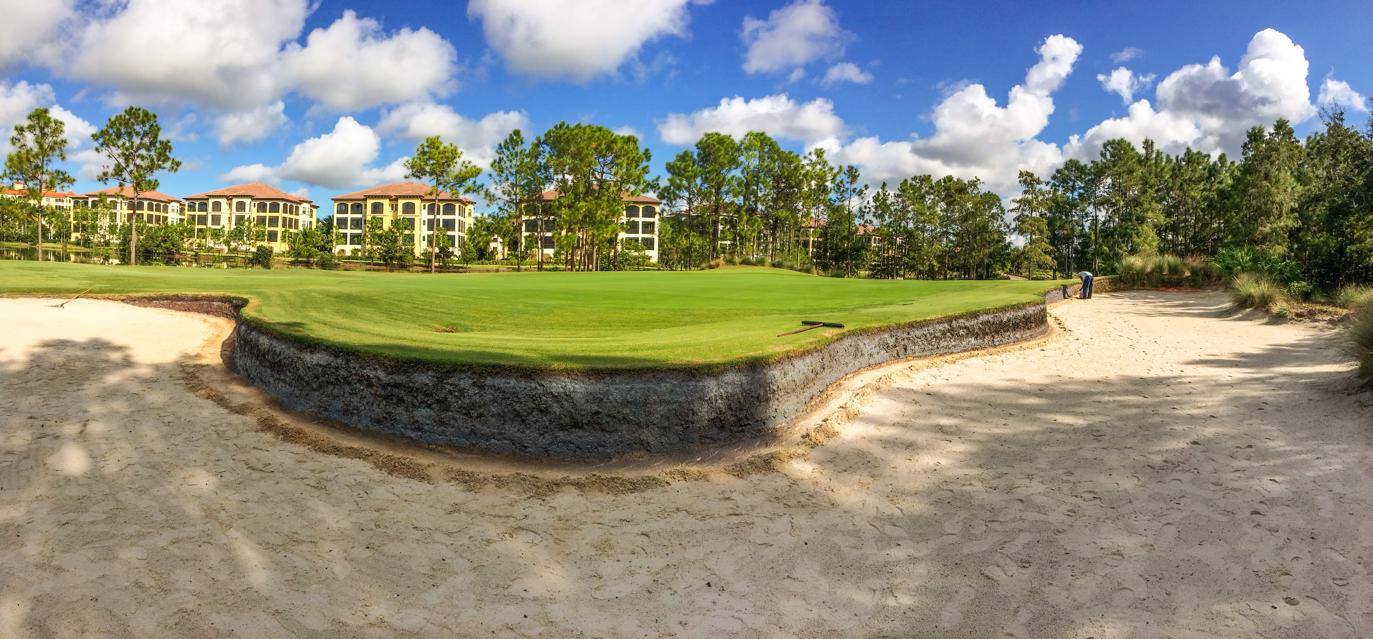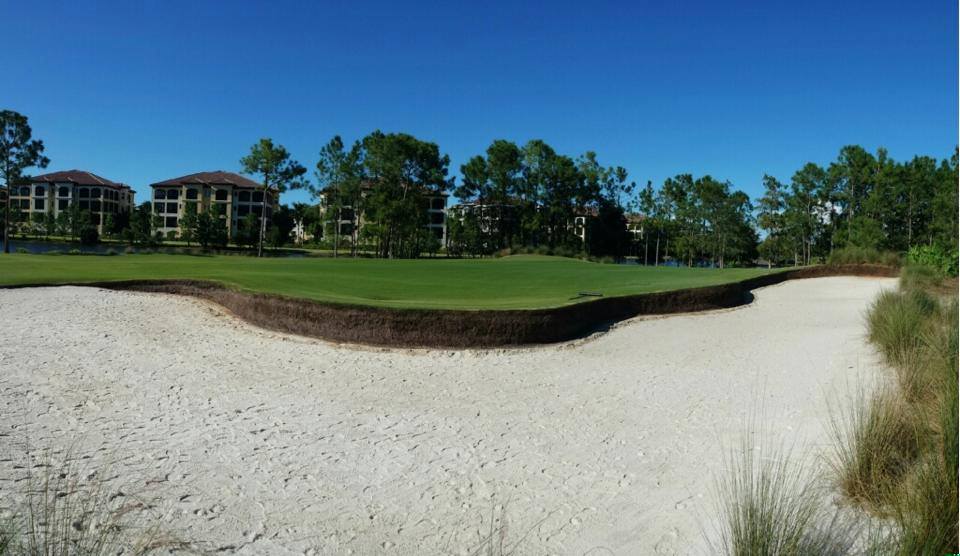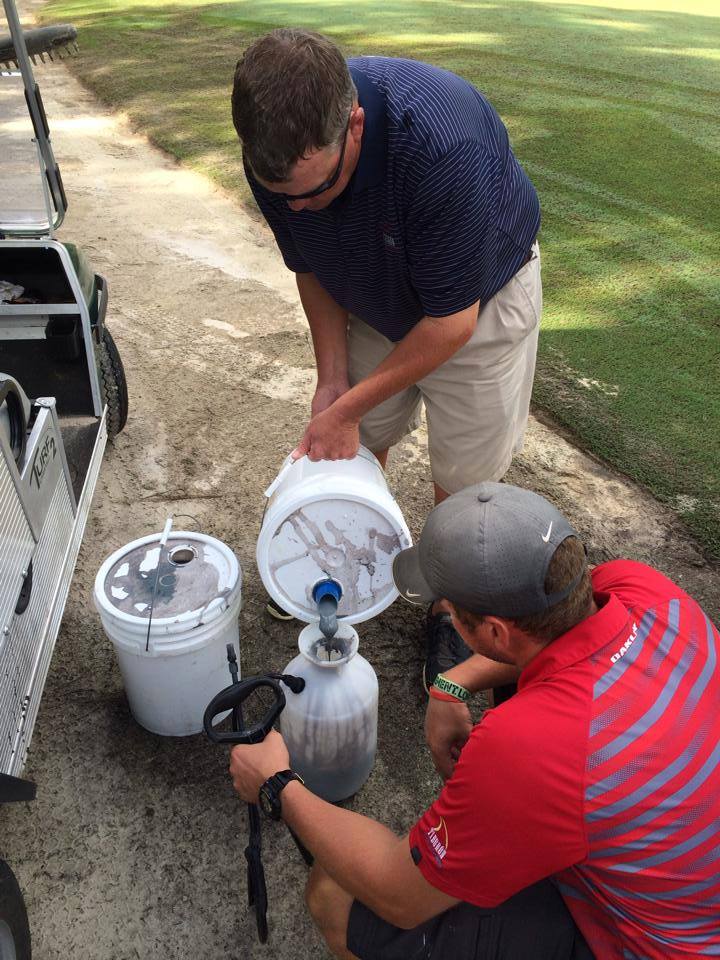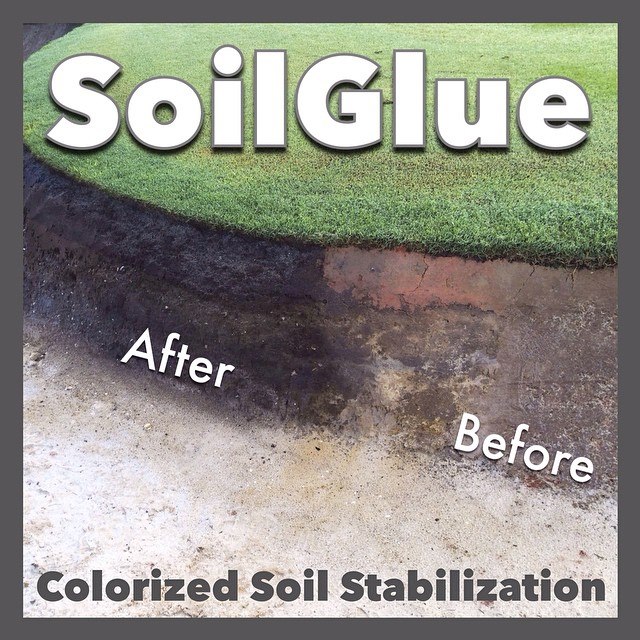Top sod growers in the U.S. wow clients with organic turf colorant
The nation’s best selling sod growers are using Endurant organic turf colorant. After nearly a decade of experience painting sod, turfgrass and the grass that becomes a home lawn for properties from Florida to California and everywhere in between, sod growing experts share why they choose to use turf paint and why they prefer Endurant organic colorants.
- green zoom

The nation’s top sod producers have a field day choosing the optimal turfgrass color using Endurant organic turf colorants.
#1 Sod Growers: Bethel Farms and Harmony Brands
Jamie Tedder, Vice President of turf at Bethel Farms, the nation’s leading sod growers and suppliers to the nation’s top home improvement stores, has long used turf colorants to produce the best quality sod for clients.
After about nine years of painting turf, Tedder found that Endurant organic turf colorants presented a savings for Bethel Farms, among other sod growers in the Harmony Growers network, because of Endurant’s rich concentrate, requiring less product and just one application.
Moreover, Endurant’s various turf colorant options give Bethel Farms and the sod growers network the most natural-looking, consistent turfgrass color for multiple varieties of grass most commonly produced by sod growers in the U.S.. Colorant options include Endurant TC, among the original organic colorants in the Geoponics line; Endurant FW, for fairways and other applications; Endurant TE, with turf enhancers to promote the health of actively growing grass; Endurant PR, for a perennial rye look that users describe as the look of Augusta!; and Endurant Premium, a more concentrated color variety than the original Endurant TC.
Here are some of the turf paint samples that came from a recent field day with sod growers in the Harmony Growers network:
-
green zoom
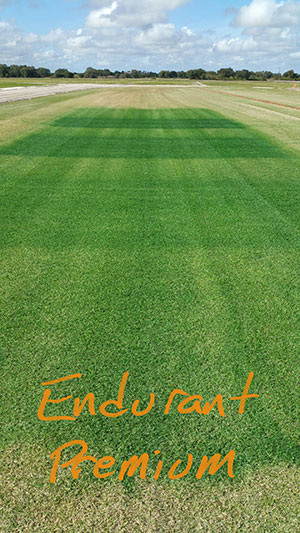
Endurant Premium -
green zoom
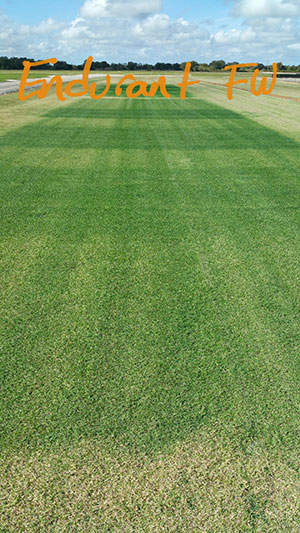
Endurant FW -
green zoom
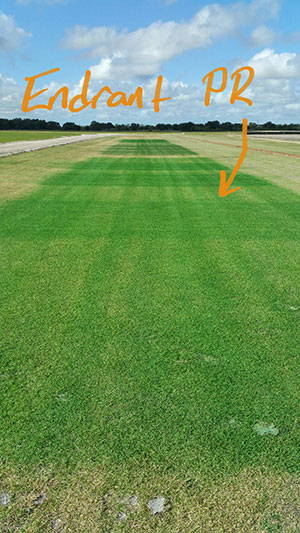
Endurant PR
Click on each image above for a better look and check out www.TurfPaint.net for images displaying each of the organic colorants in the Endurant line.
More about Endurant from the nation’s top sod growers:
Turf colorants give an aesthetic benefit to clients from day one of receiving their sod, said Tedder.
“In Florida, we have mostly warm season grass varieties, and even though they don’t go through a true dormancy, they go through pseudo-dormancy. The growth slows down, grasses don’t uptake as many nutrients and that throws off the color. Threat of frost certainly throws off the color,” said Tedder.
“It doesn’t mean it’s not already healthy and thriving, we just look to give a great benefit,” he said.
The colorants provide a selling tool and many clients, including brokers, are surprised by the product.
“It’s designed for turf and designed with environmentally friendly concerns. The fact that it’s 100 percent organic– that goes a long way with the customer and brokers. It becomes a great selling tool for their customers too,” Tedder said.
He and other sod growers were able to see the Endurant line at a recent field day held in Arcadia, FL that brought together a network of growers, Harmony Growers, from throughout the entire U.S.
“Endurant– it’s just a better product,” Tedder said.
“We’ve had really great results with Endurant FW and PR– just their overall color, the spray, the consistency and it’s going to save in our program,” said Tedder.
He’s using Endurant FW for Zoysia and bermuda grasses and PR for St. Augustine grass. See Bethel Farms full line of turfgrass varieties here.
“The spray job on the turf, even just coming out of the jug, it’s thicker and darker. We can use less concentrate material, saving money per tank, covering more acreage with one pass instead of two. There is a better, more even spray job, coating the surface of the leaf,” said Tedder.
Seasonally appropriate, Tedder described Endurant FW as a “Christmas tree green color, a darker green rather than emerald.”
Tips on painting turf
Tedder learned a lot over the years of painting turf and shared these tips in his own words:
- Painting with dew on the ground can actually help even out the colorant. There is no need to wait for dew to dry before applying colorant.
- Overtime, we learned to use smaller nozzles for more of a mist rather than a larger volume all at once.
- Geoponics representatives have a lot of technical knowledge to share. (Read more turf paint tips here.)
Homeowners can also choose Endurant organic turf colorants. Check out www.LawnColorant.com for quantities suitable for the home owner.
More about the nation’s leading sod growers, Bethel Farms and Harmony Growers:
Harmony Outdoor Brands, America’s top selling turfgrass, sells across the nation with a network of growers producing sod specific to the regional climates. Harmony Outdoor Brands represent the joint efforts of the top two sod growers, Bethel Farms and BuySod, creating what they call a “farm to lawn” concept in this article.
Bethel Farms was founded in 1958 by Walter H. Bethel and remains family-owned and operated supplying major theme parks, municipalities, golf courses and backyard lawns with vibrant, healthy grass.
Learn more about Harmony & Bethel Farms in this Turf Magazine article: http://www.turfmagazine.com/blog-7688.aspx
Article about Harmony Outdoor Brands CEO, Jim Doyle: http://harmonybrands.com/news/harmony-outdoor-brands-nations-largest-supplier-of-retail-sod-grasses-appoints-new-ceo/

